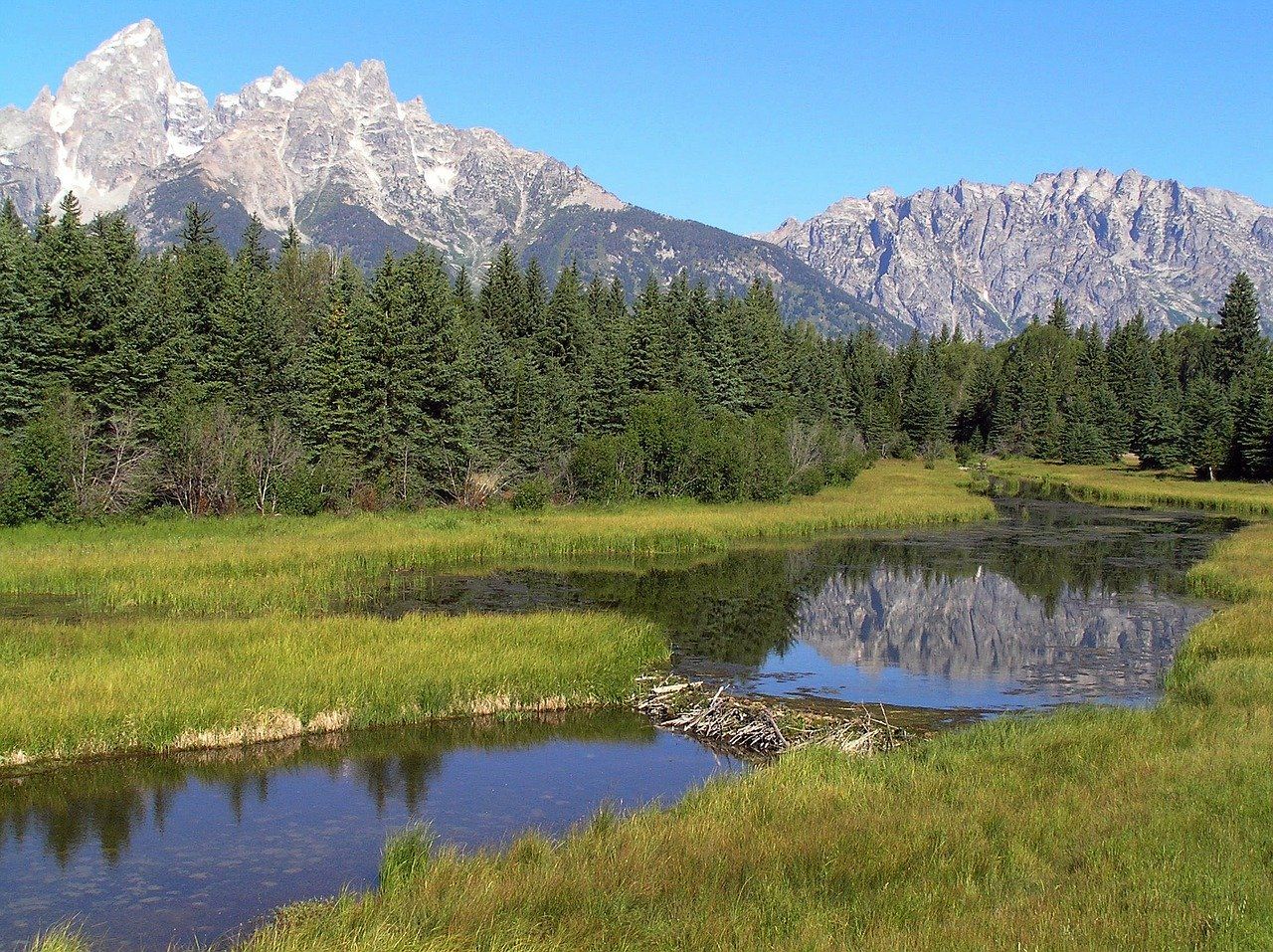
What next for England's beavers?
Government approval of Devon's beavers is a boost to reintroduction projects nationally.
The beavers in the River Otter are here to stay.
A government decision last week means that the five-year reintroduction trial, orchestrated by Devon Wildlife Trust, has been successful. The charismatic mammals, which mysteriously appeared in the river in 2008, are free to roam across England as they please.
It’s a big moment in the story of English wildlife; it is the first time that a native mammal has been intentionally returned to the landscape. Some 400 years after it was hunted to extinction, the beaver is officially back. So what’s the next chapter in the tale?
“It completely changes the context we’re working in,” says Mark Elliott, who led the beaver project at the Devon Wildlife Trust. “Up to now, it’s all been about providing the evidence, and getting that evidence in front of the ministers so they can make the decision. Obviously, now they’ve made that decision, it’s totally different.”
Scientifically, the five-year trial period culminated with the release of a report in February, spelling out the benefits of beavers to people, wildlife, and the countryside. In Devon, the focus will now shift to practicalities,as populations grow and the animals gradually expand beyond the 250 square kilometers of the River Otter catchment into other river systems.
Across the rest of England, there will be renewed attention on those beavers living inside enclosures. These are the most likely candidates for future releases, when and if such moves are sanctioned by the government. Natural England, the responsible agency, has said that it will not license any further releases into the wild until it has consulted on a beaver strategy, which will determine a national approach to reintroductions.

Even then, England’s captive beavers are unlikely to be released all at once. These animals have a transformative effect on the landscape, which can cause conflicts with landowners who fear the loss of agricultural land. Indeed, the recent culling of 87 beavers in Tayside, Scotland, demonstrated the rancour that can occur when local communities are not on board with the presence of this industrious mammal.
“Hopefully, it will be a carefully considered catchment-by-catchment approach. You need to have discussions with the stakeholders before you start opening up the fences,” says Elliott.
While he doesn’t expect the government to fund further reintroductions itself – there is enough enthusiasm for beavers that money can be raised from other sources – Elliott stresses that funding needs to be available for management in the wake of a release, including for people on the ground to help navigate conflicts. “That support for landowners that really does need to come from the government, and that will be critical,” he says.
Ministers are already heading in that direction. The Agriculture Bill currently progressing through parliament could incentivise farmers to welcome beavers onto their land. The new legislation will establish a subsidy system that rewards landowners for providing public goods, including measures to reduce flooding and improve biodiversity. "Farmers could be paid to have them on their land,” said environment minister Rebecca Pow after the government’s decision last week.
The Devon Wildlife Trust has avoided labelling the beaver reintroduction trial as a “rewilding” project, given that its purpose was to prove that people and beavers can coexist even when the land is being farmed, rather than to return the land to a wild and untamed state.

Nonetheless, reintroductions are often seen key to rewilding projects; nationally extinct creatures are often the drivers of dynamic ecosystems. English conservationists are gradually thinking about returning some keystone species to the landscape. When Kent Wildlife Trust recently announced that it would release four bison into an area of fenced woodland, it was widely hailed as an exciting moment for British wildlife, even if it wasn’t true rewilding.
“Even if it is fenced like a South African reserve, the fact we can show our nature-deprived communities animals like bison in a busy landscape like ours can only open the doors of imagination, and pave the way for proper wilding, without fences, in the future,” said Peter Cooper, an ecologist working on species reintroductions in the UK, after the project was announced last month.
Now, for the beavers at least, the fences are down, and there is every chance that this successful effort will help to pave the way towards a more biodiverse and dynamic British landscape. If nothing else, the Devon beavers have shown that reintroductions do not have to be divisive, and that a careful approach can win support from both the public and politicians.
“You can’t approach it in a gung-ho manner. It’s got to be thought through and done in consultation with people, often for the wellbeing of the animals you reintroduce as well,” said Richard Bunting, a spokesperson for Rewilding Britain, which sat on the advisory group for the Devon reintroduction.
“Hopefully the River Otter trial will put wind in the sails of moves to reintroduce native species that should be here. People drove them to extinction and we have a responsibility to bring them back. This is a major step on a journey to help nature get back on its feet.”
Image credits: David White, Roy Buri, David Mark
Subscribe to our newsletter
Members receive our premium weekly digest of nature news from across Britain.
Comments
Sign in or become a Inkcap Journal member to join the conversation.
Just enter your email below to get a log in link.








